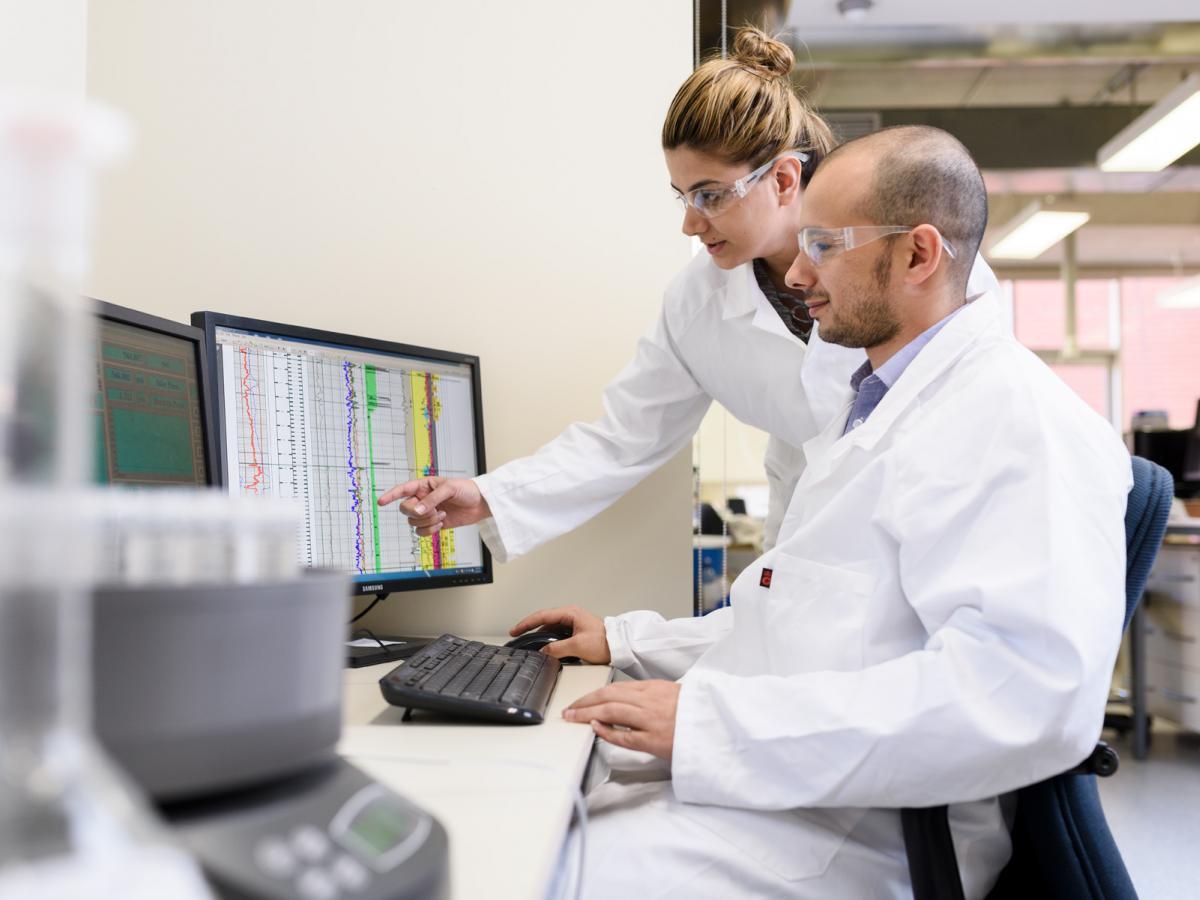New partnership to focus on carbon capture and storage research

The Australian School of Petroleum and Energy Resources (ASPER) is teaming up with Chevron Australia to create a new state-of-the-art facility for carbon storage research that will accelerate Australia’s transition to cleaner energy sources and net zero emissions.
Chevron Australia is contributing more than AUD$2.45 million to support the new laboratory, a five-year senior academic position in Carbon Storage Engineering and a three-year Senior Research Fellow position in Carbon Storage Science.
“Carbon capture and storage represents one of Australia’s most significant opportunities to meet net zero carbon emissions,''Dr Kathryn Amos, Head of School, Australian School of Petroleum and Energy Resources, University of Adelaide
Located at the University of Adelaide, the new facility will enable researchers to perform cutting-edge research on permanent carbon dioxide (CO2) storage within geological formations after its injection into subsurface reservoir rocks, and how CO2 flows through and interacts with rocks and pore waters on a microscopic scale.
“The University of Adelaide is pleased to be partnering with Chevron Australia,” said Dr Kathryn Amos, Head of School, Australian School of Petroleum and Energy Resources.
“ASPER has been home to CO2 storage research experts for the past 20 years.
“Carbon capture and storage represents one of Australia’s most significant opportunities to meet net zero carbon emissions.
“Fundamental and applied research undertaken at the new facility will produce engineering and geoscience outcomes that will help to tackle one of society’s most pressing challenges, and provide training opportunities to ensure that Australian students are equipped to contribute solutions to the energy transition.”
Managing director Mark Hatfield said Chevron is committed to supporting the deployment of carbon capture and storage in Australia and globally.
“The Gorgon carbon capture and storage system has safely injected more than 5 million tonnes of greenhouse gas emissions since starting up in 2019 – the largest volume injected by any system of its kind within such a timeframe,” said Hatfield.
“Chevron is committed to sharing the lessons we’ve learned in this pioneering endeavour and we’re proud to be advancing Australia’s world-leading carbon capture and storage capabilities together with the University of Adelaide.”
